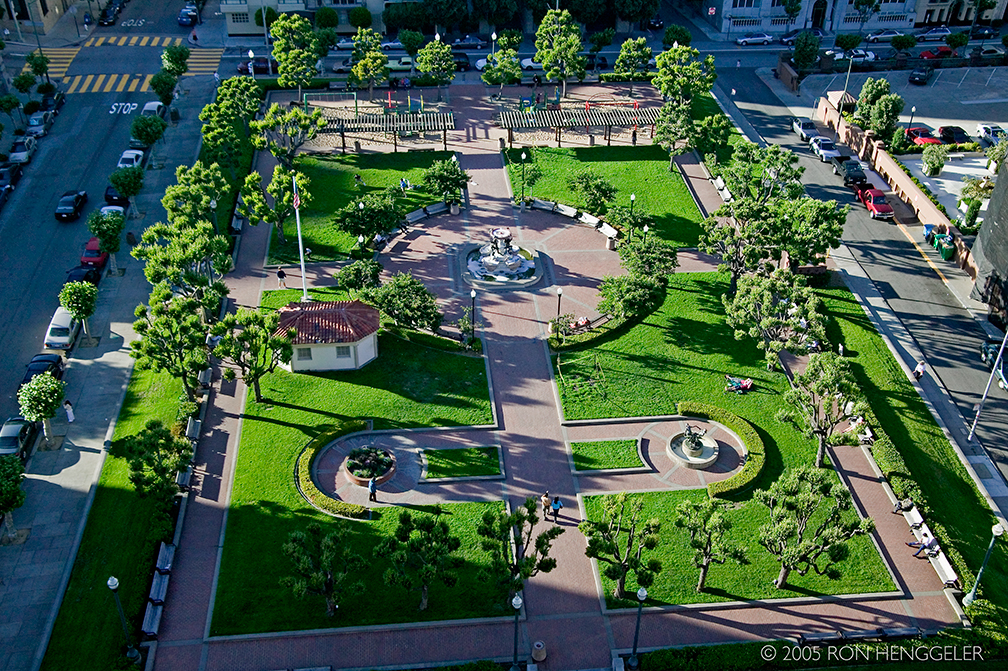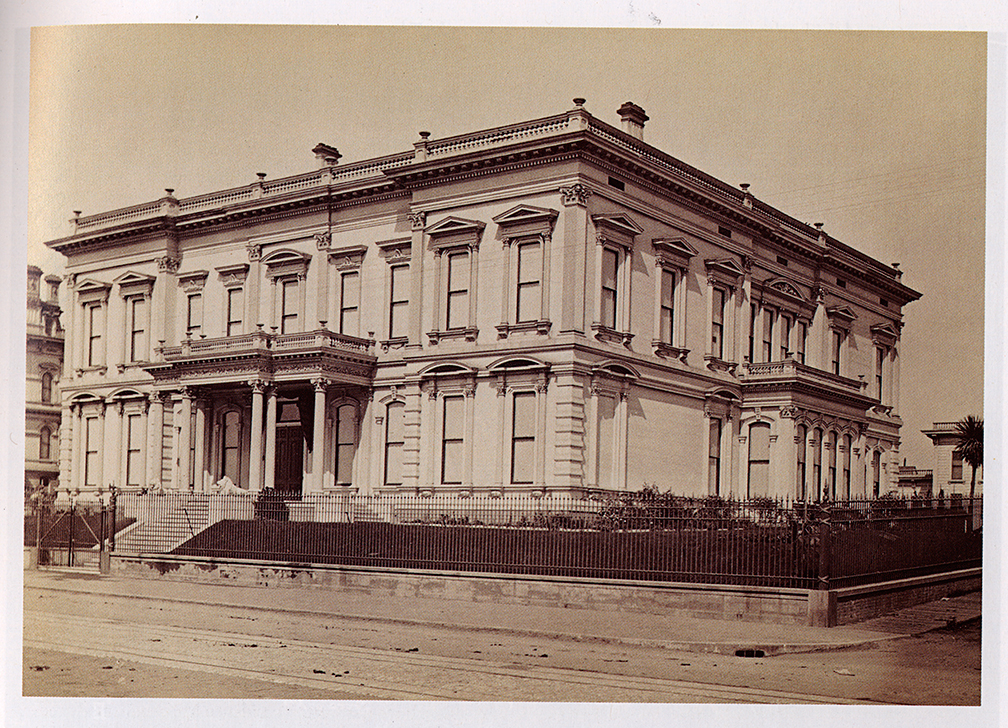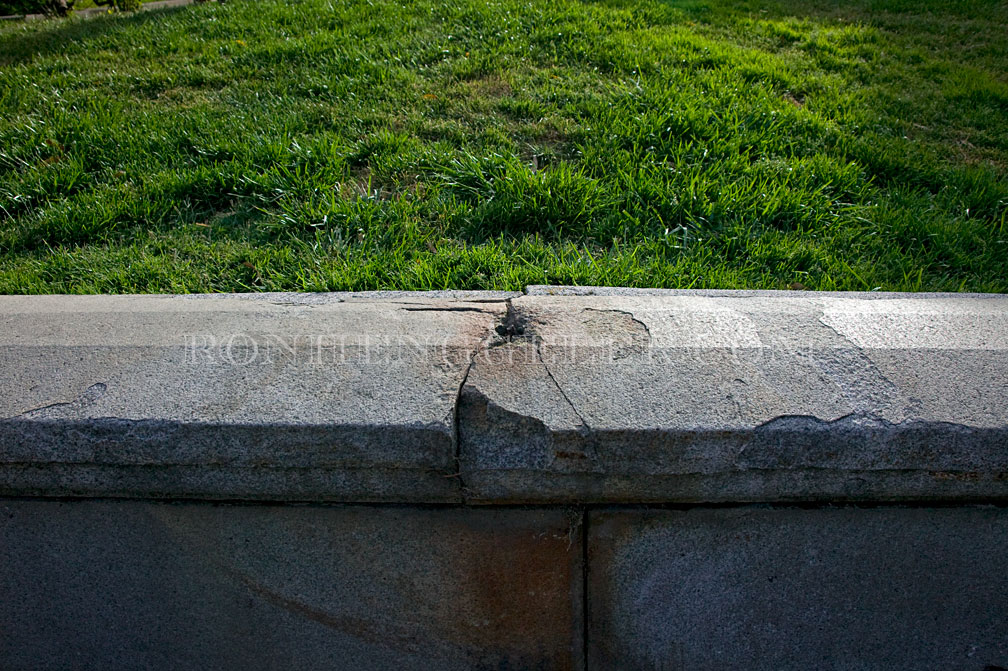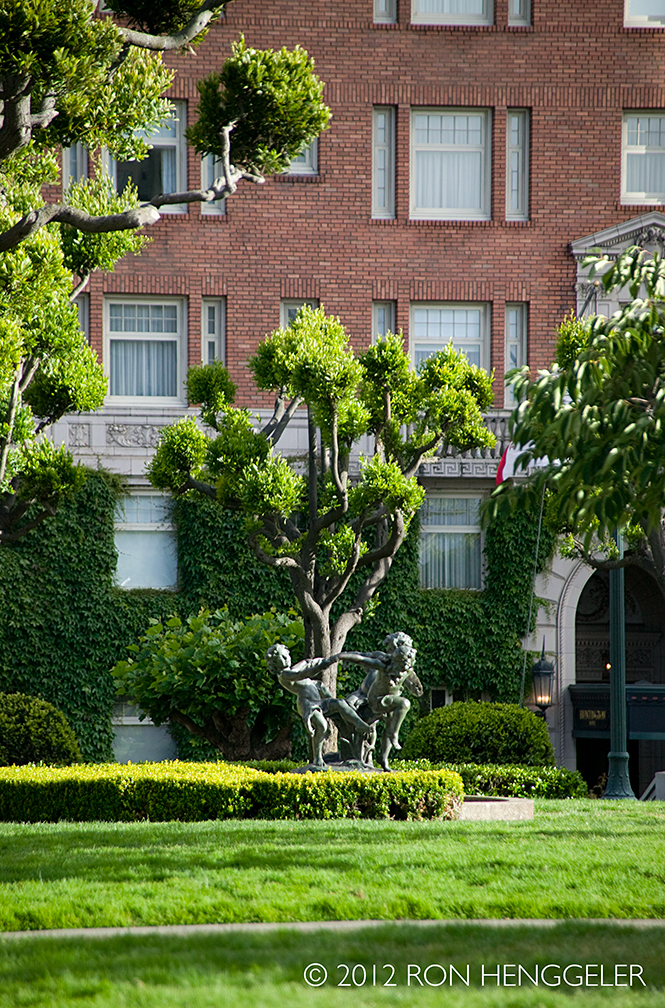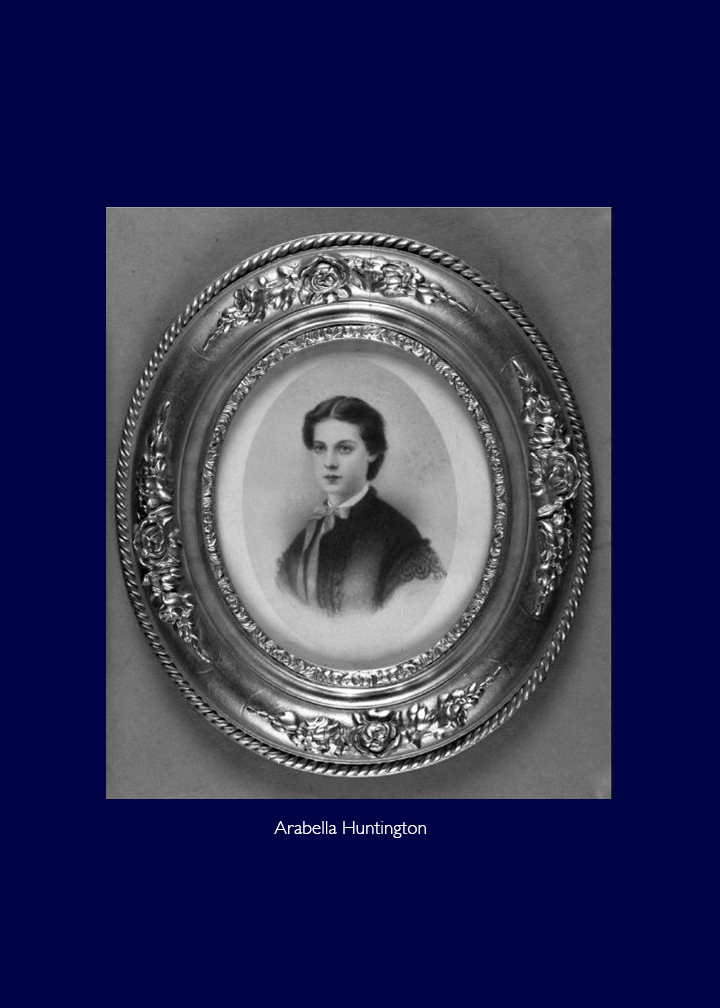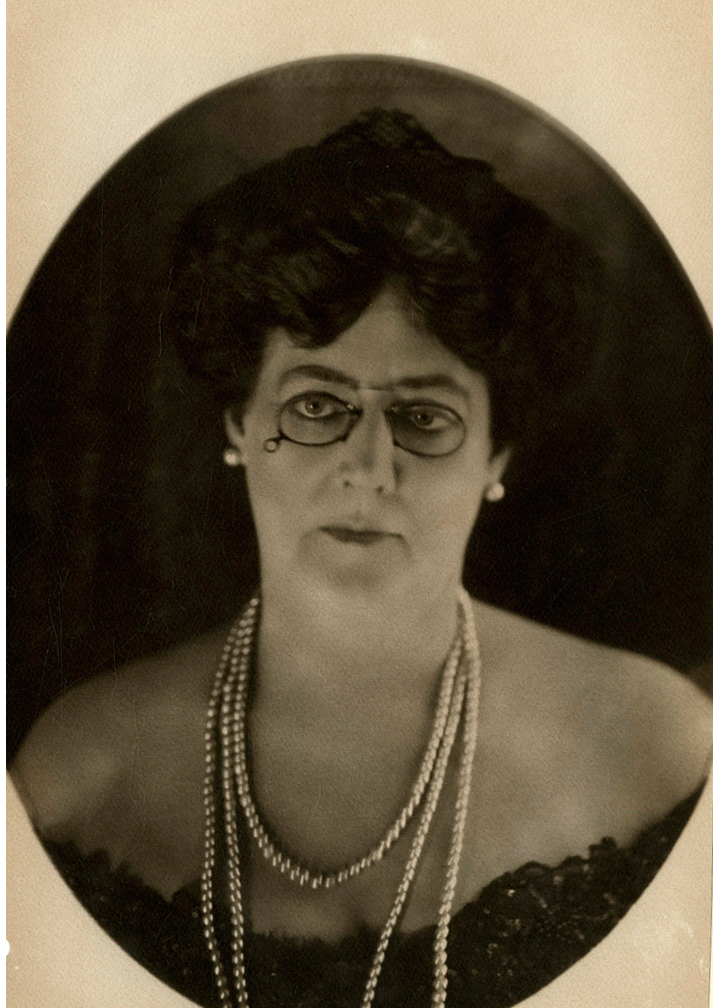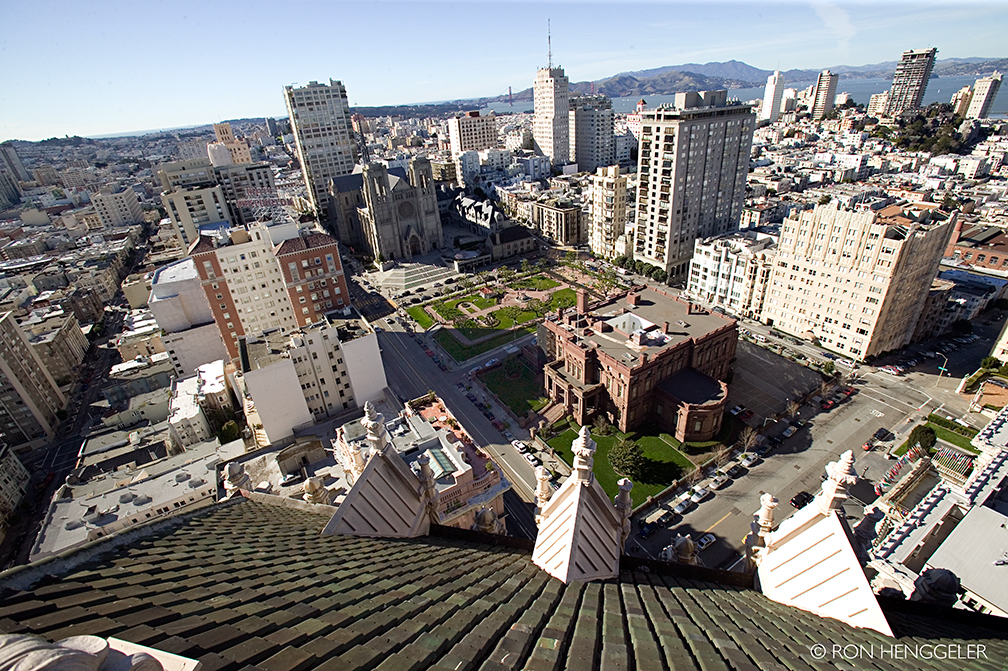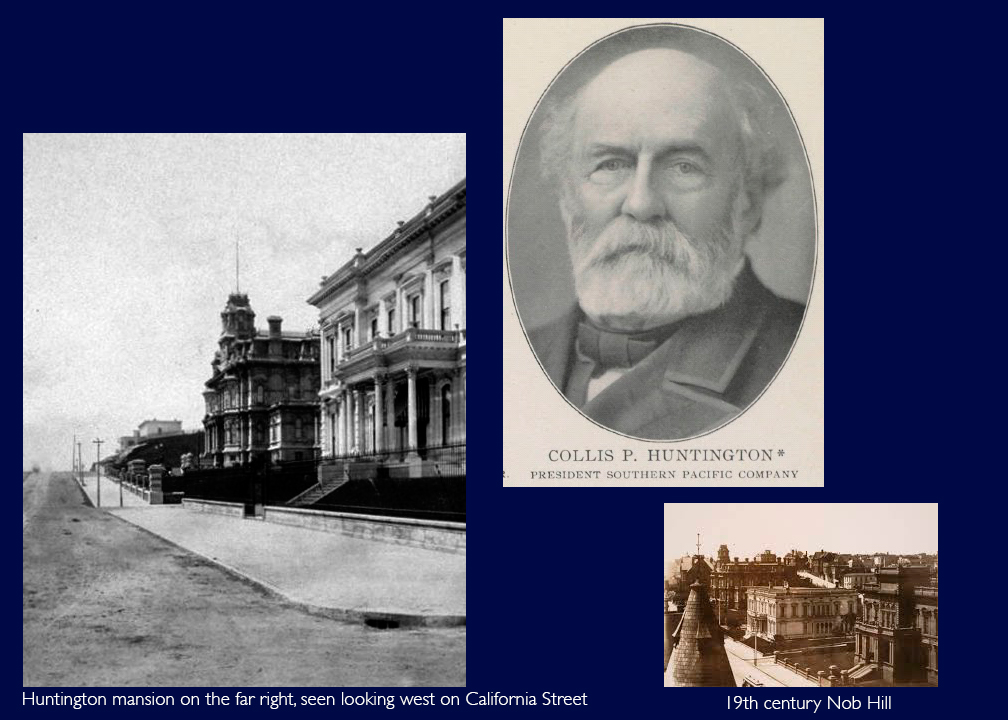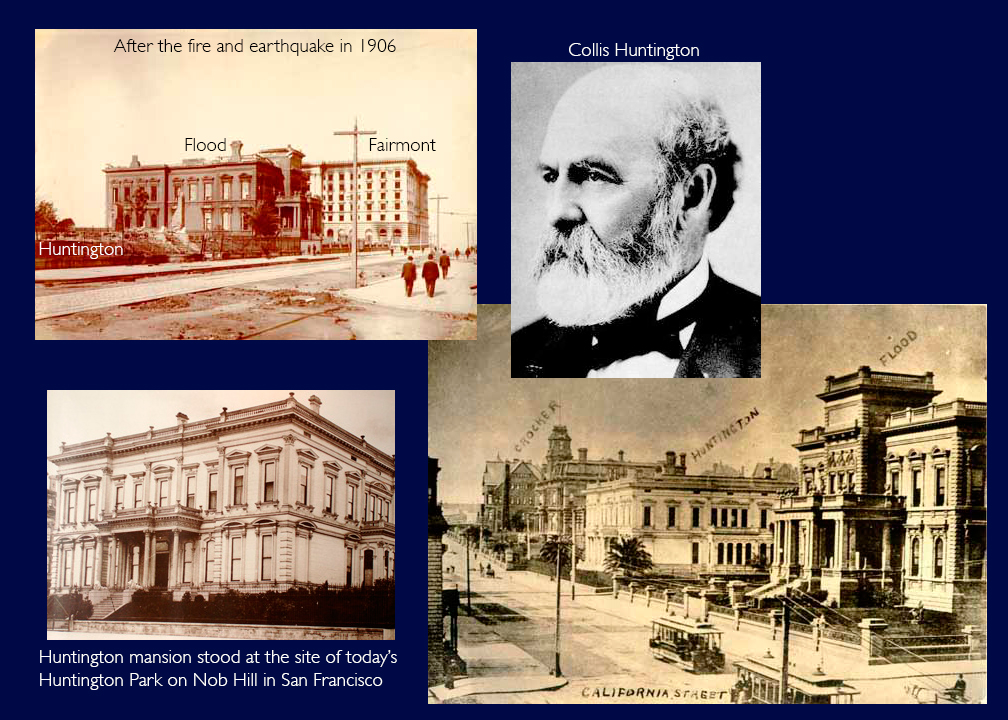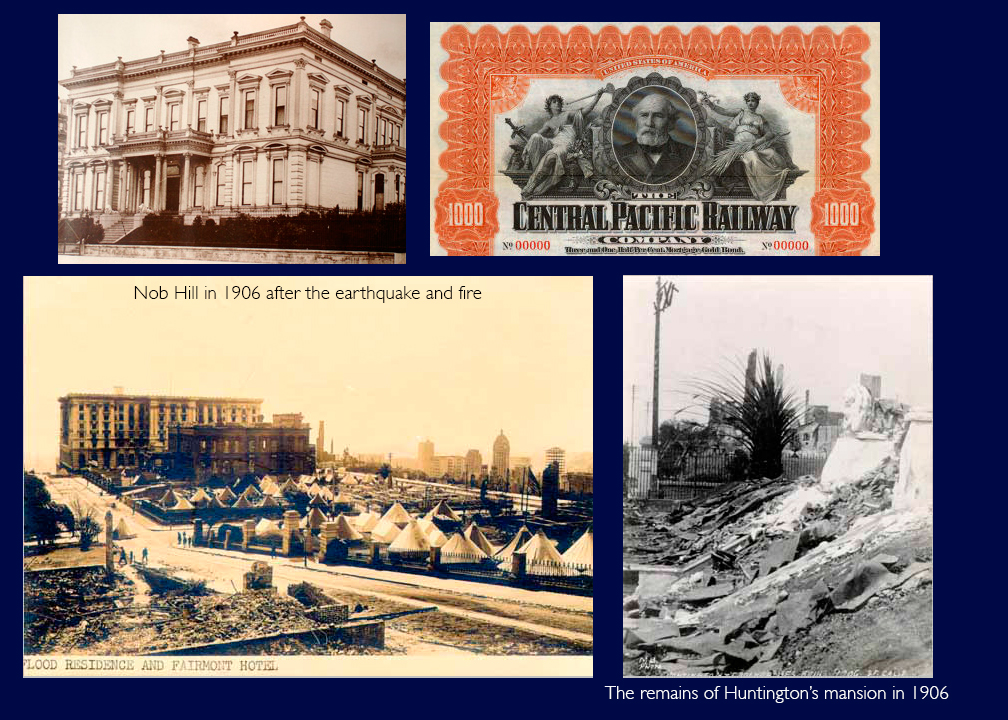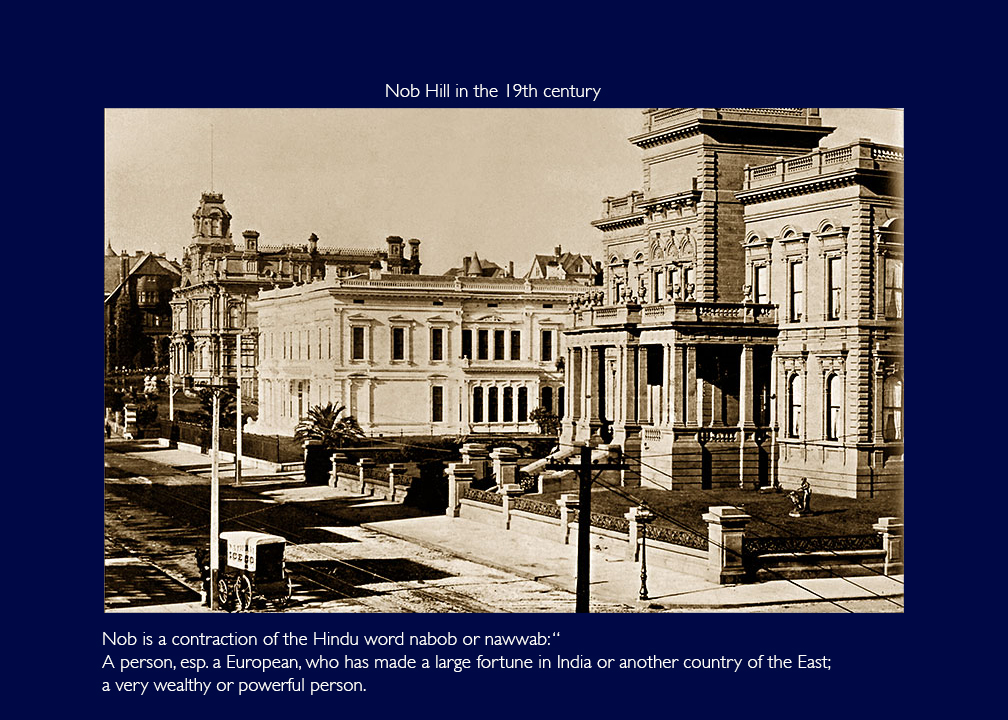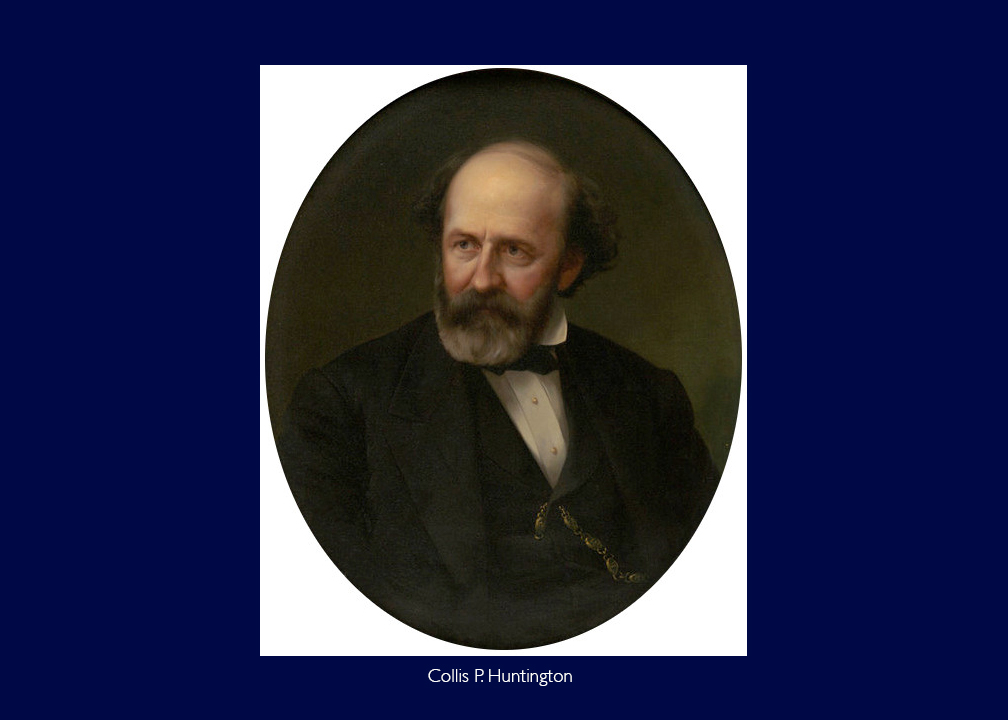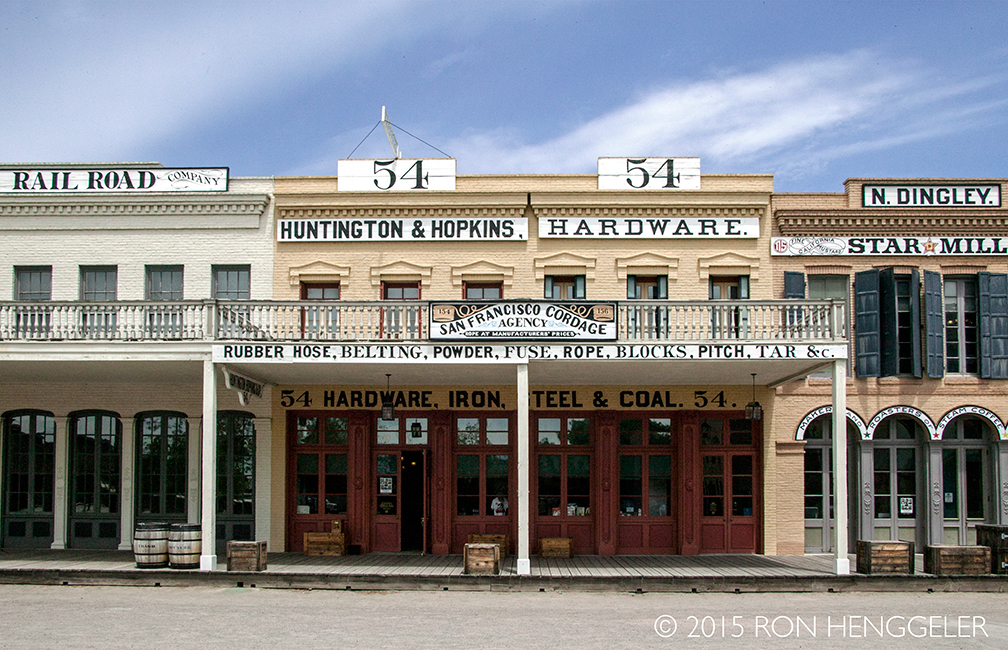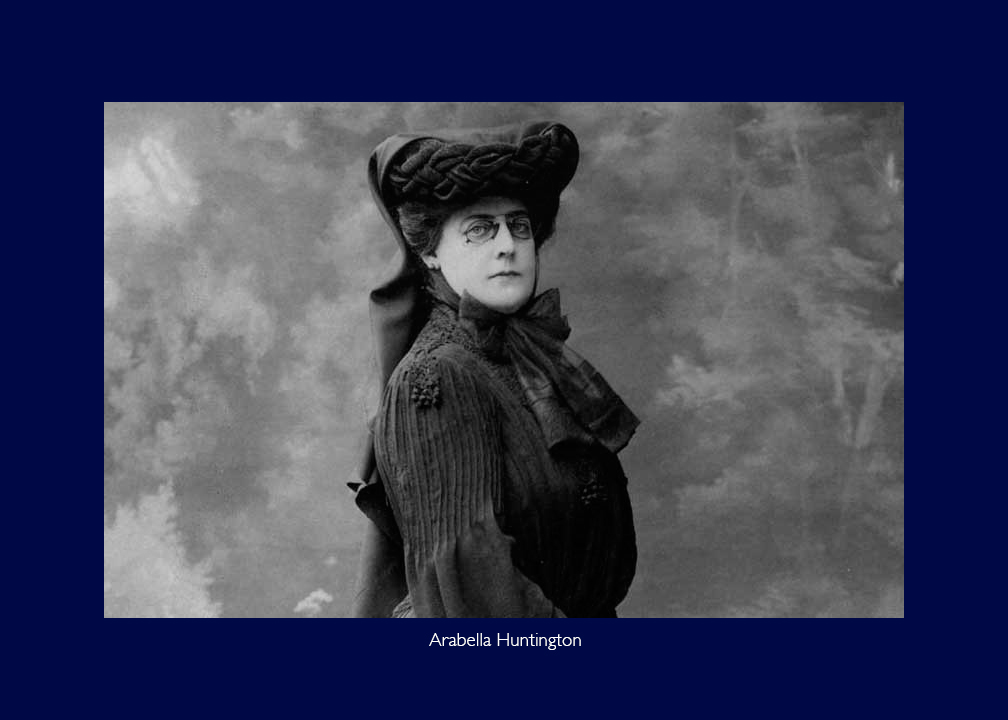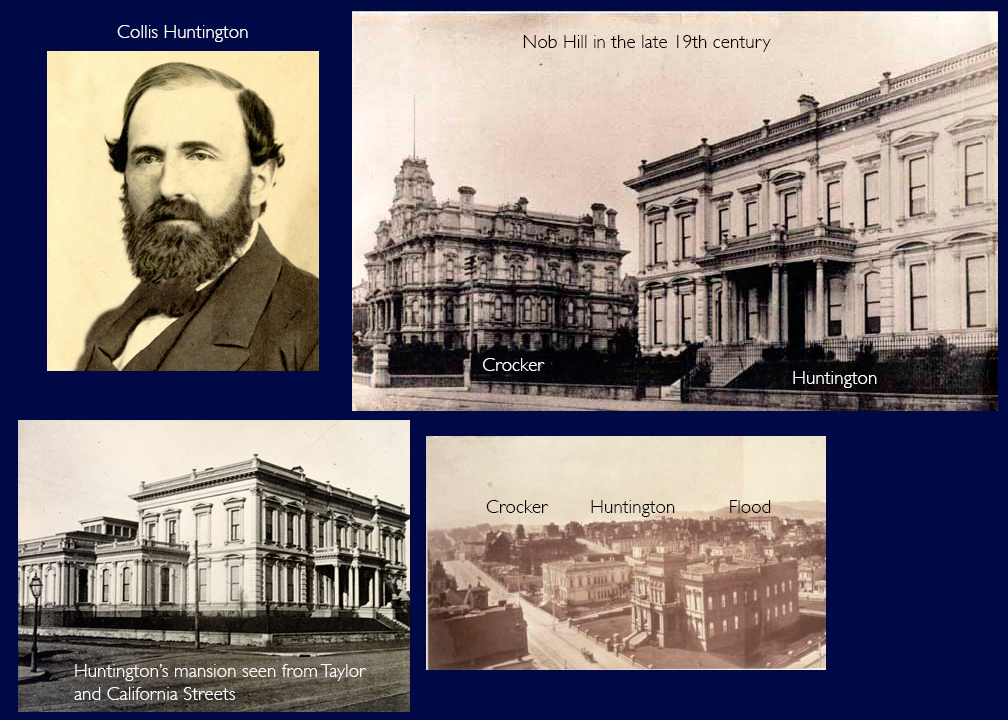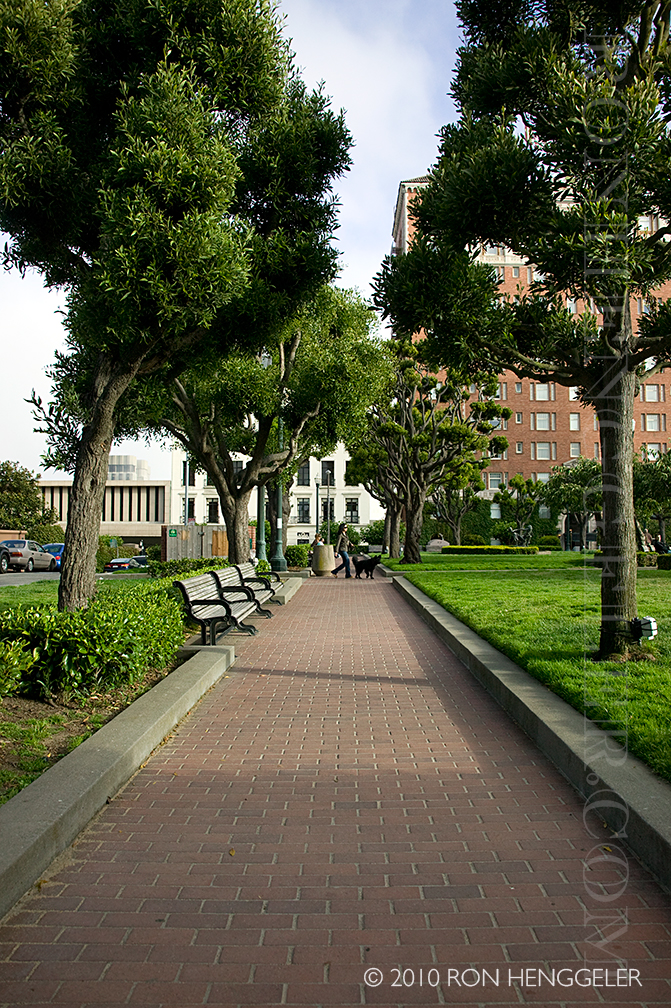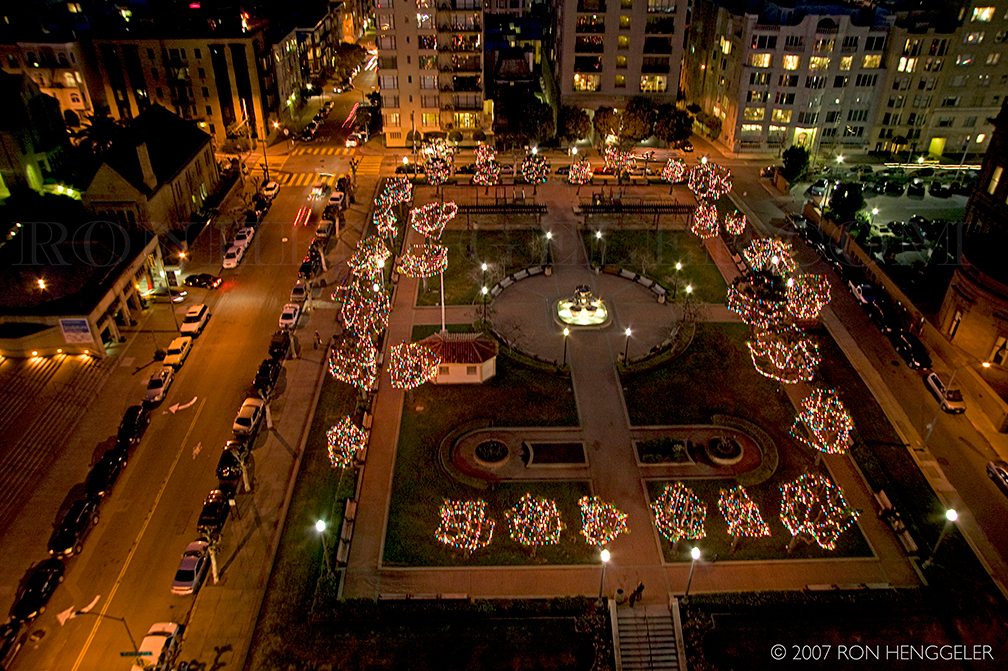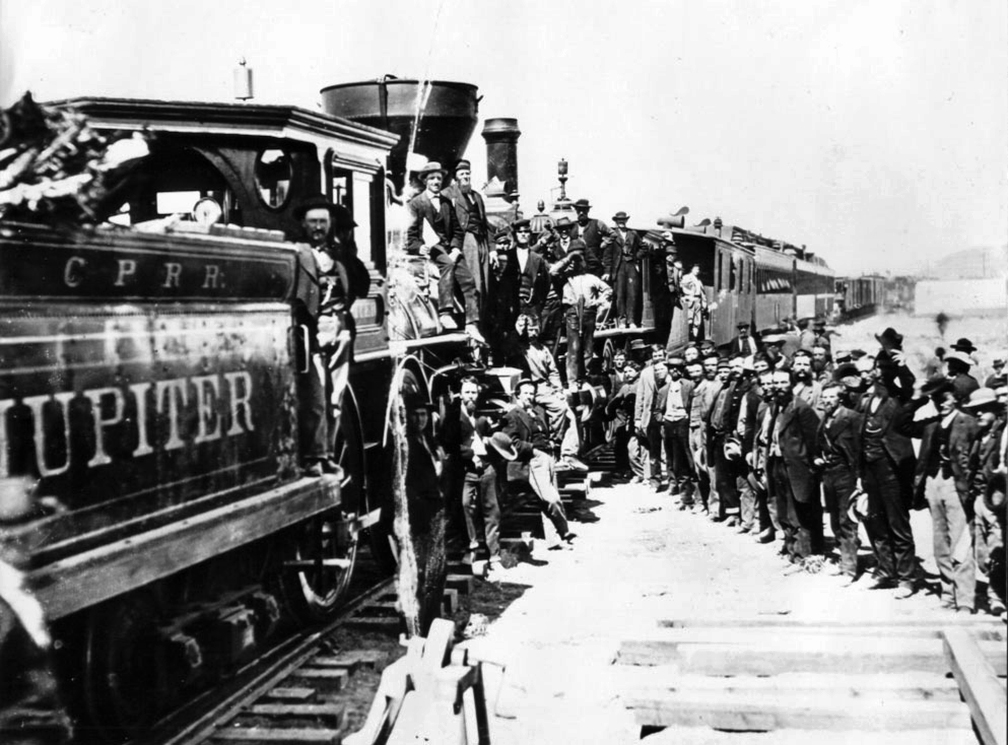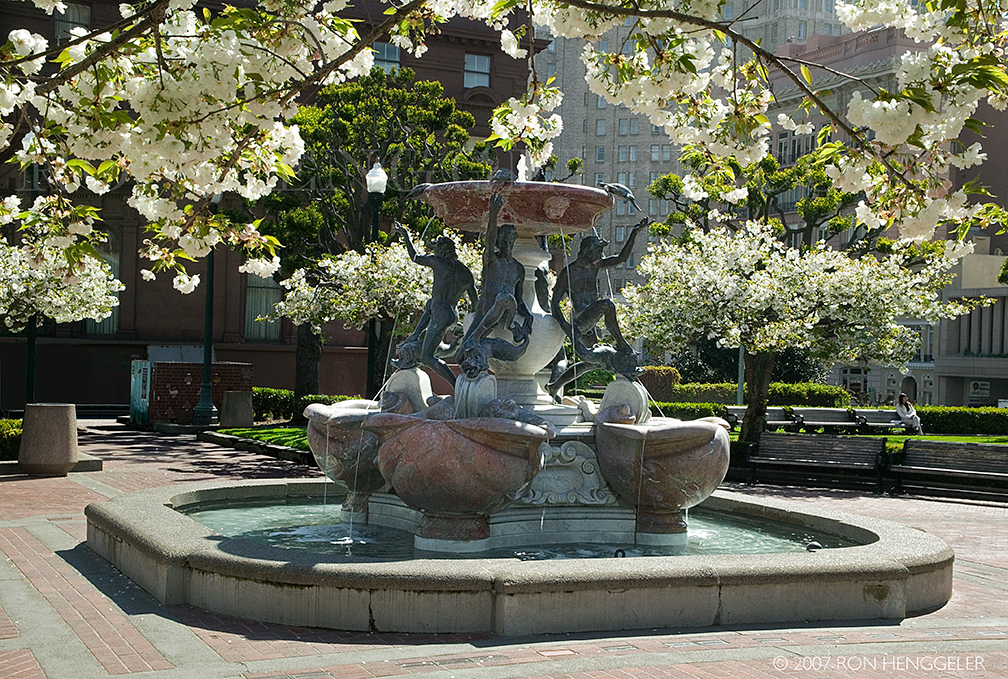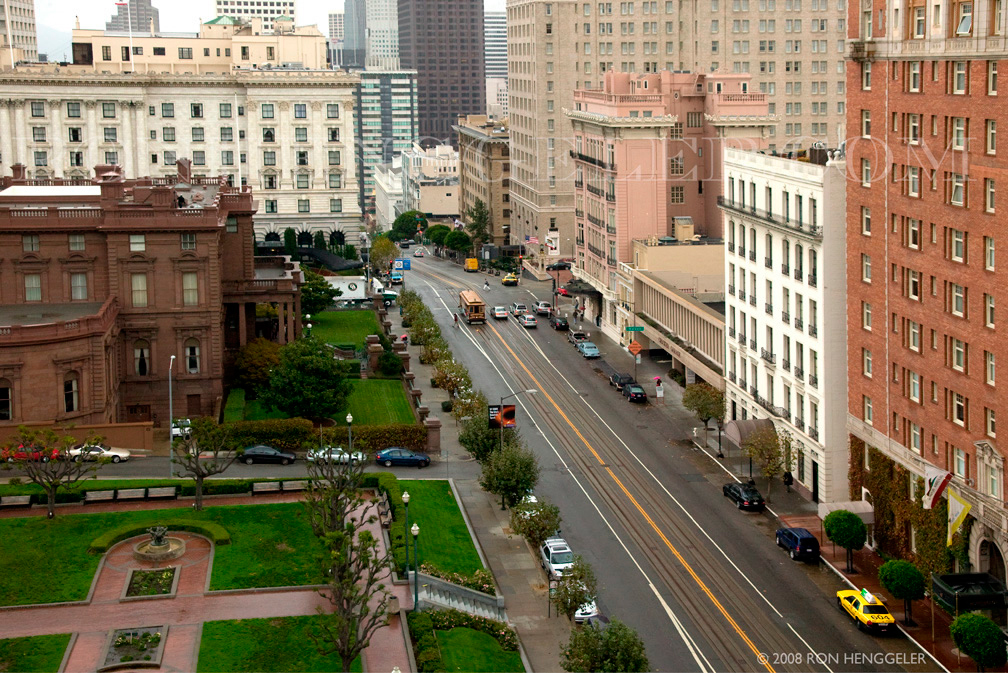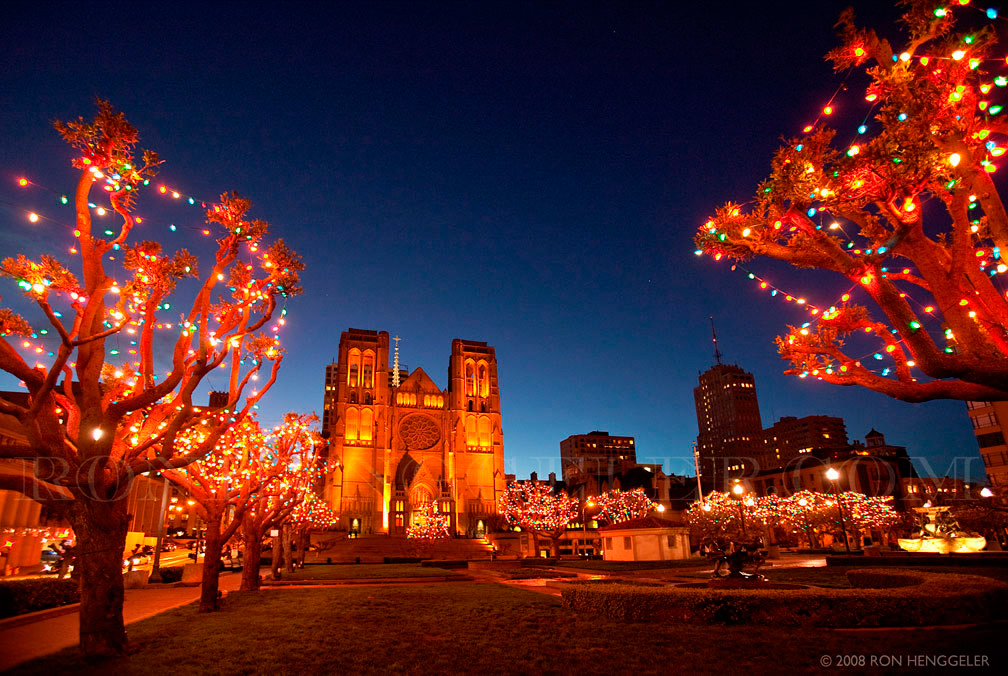RON HENGGELER |
October 25, 2015
Relics from Huntington's mansion on Nob Hill
Earlier this month, I found a treasure trove of artifacts and relics from the old Huntington mansion that stood at the site of today's Huntington Park on Nob Hill in San Francisco. In late September early October, repair work was being done to the plumbing of the Flood Fountain in Huntington Park. A three-foot deep trench had been dug running east to west from the fountain to the gardener's building. Mounds of dirt were piled up on both sides of this clean cut trench. I work at the Big 4 Restaurant directly across the street from Huntington Park and on Thursday October 1st, I was cutting through the park on my way to work. Halfway into the park I noticed a curious burnt smell. I soon realized that what I was smelling was the burned earth from 1906 that had been turned out from the trench. The burn smell had been brought to life by a brief rain that we'd had earlier in the noon hour. The work area was surrounded by a cyclone fence, but looking at the work site I could see bricks and pieces of marble that I knew had to be remnants of the old Huntington mansion. At midnight after work, I went into the work site in the park and spent two hours carefully going through the piles of dirt looking for artifacts.The next day at 9 in the morning I came back, met with Gabriel the foreman, and spent three more hours looking for and finding more relics. By the end of my search I had collected 7 canvas bags of relics from the old Huntington mansion. Here are some photos to illustrate this story.
The bird's eye view of Huntington Park as seen from the rooftop of the Huntington Hotel at 1075 California Street at Taylor. The small Flood Fountain is in the lower right of the photo. The park was originally the site of a mansion, lived in by Collis and Arabella Huntington, until the 1906 earthquake and fire destroyed the home. Arabella deeded the land to the city in 1915. |
Huntington Park has a rich history steeped in the building of the Trans-continental railroad. The railroad men of California constituted some of the richest men in San Francisco and the United States. They were known as the Big Four and their names were, Collis Huntington, Leland Stanford, Mark Hopkins, and Charles Crocker. |
The Huntington mansion in the late 19th century, as seen from across California Street |
The retaining wall that surrounds Huntington Park once surrounded Collis Huntington's mansion. The stubs of steel rebar that can still be seen along the top of the wall were the vertical supports for the iron fence that surrounded Huntington's mansion until it burned in the Great Conflagration of 1906. |
Detail of the repair work to the plumbing of the Flood Fountain in Huntington Park. It is in these piles of removed dirt from the trench that I found all the artifacts and relics of the burned out Huntington mansion.October 2, 2015 |
Shards of ceramic, tiles, marble flooring, door hinges, glazed trim, window glass, bolts, nails, knobs, chandelier crystals, chunks of melted glass and metal, all from the burned out Huntington mansion that stood at the site of today's Huntington Park on Nob Hill in San Francisco. |
I've now filled fourteen (gallon) jars with shards of ceramic, tiles, marble flooring, door hinges, glazed trim, window glass, bolts, nails, knobs, chandelier crystals, chunks of melted glass and metal, all from the burned out Huntington mansion that stood at the site of today's Huntington Park on Nob Hill in San Francisco. |
A view of the distant Flood Fountain as seen from the north end of Huntington Park. |
|
Arabella Huntington |
Arabella Yarrington "Belle" Huntington (c.1851-1924) was the second wife of American railway tycoon and industrialist Collis Huntington and then second wife of Henry E. Huntington. She was once known as the richest woman in America, and as the force behind the art collection that is housed at the Huntington Library. |
The view of Nob Hill as seen from the crow's nest high atop the Mark Hopkins Hotel at Mason and California. The Mark Hopkins Intercontinental Hotel stands on the site of the Mark Hopkins mansion that burned in the Great Fire of 1906. |
A photo of Collis Huntington near the end of his life in August 1900. |
|
|
Left to right . . .Far left, William Crocker's mansion, then his father Charles Crocker's . . . central is the Huntington mansion, and on the right, the James Flood mansion. |
When Collis Huntington passed away on August 13, 1900, it took two years to figure out what he was worth. It is now estimated that he was worth 1.8 billion dollars in today's money. |
Mark Hopkins and Collis Huntington began as merchants in Sacramento during the California Gold Rush. By the end of the 1860's, they and their two other partners, Charles Crocker and Leland Stanford, had become four of the richest men in the United States having built the western end of the Transcontinental Railroad. Once they had come into these fortunes, all four men built mansions up on Nob Hill in San Francisco. These four men became known as The Big Four. |
An ad from the mid-1800's that is displayed in the CPRR private banquet room of the Big 4 Restaurant on Nob Hill. |
|
|
|
Detail of the repair work to the plumbing of the Flood Fountain in Huntington Park. It is in these piles of removed dirt from the trench that I found all the artifacts and relics of the burned out Huntington mansion.October 2, 2015 |
Huntington Park at night during the holidays as seen from the rooftop of the Scarlet Huntington Hotel. |
The Turtle Fountain in the middle of Huntington Park as seen with a 300mm lens from the Top of the Mark high atop the Mark Hopkins Intercontinental Hotel. |
|
Looking from north to south in Huntington Park on Nob Hill. |
Huntington Park on Nob Hill as seen from the rooftop of the Huntington Hotel |
I have fourteen jars now filled with shards of ceramic, tiles, marble flooring, door hinges, glazed trim, window glass, bolts, nails, knobs, chandelier crystals, chunks of melted glass and metal, all from the burned out Huntington mansion that stood at the site of today's Huntington Park on Nob Hill in San Francisco. |
In 1862, the Pacific Railroad Act chartered the Central Pacific and the Union Pacific Railroad Companies, and tasked them with building a transcontinental railroad that would link the United States from east to west. Over the next seven years, the two companies would race toward each other from Sacramento, California on the one side and Omaha, Nebraska on the other, struggling against great risks before they met at Promontory, Utah, on May 10, 1869. |
A view of the Crocker and Huntington mansions as seen from the tower of the Mark Hopkins mansion that stood at Mason and California Streets. This photo is part of a 360º panorama that was taken by Eadweard Muybridge in 1878 from the tower of the Mark Hopkins mansion. A 14 ft long version of the 360º panorama is on permanent display in the CPRR banquet room in the Big 4 Restaurant. A 17ft long version is on permanent display inside Masonic Auditorium at California and Taylor. On the version at the Masonic that I hung in 2014, I've added 274 names alongside the buildings and streets. This version with all the names can also be viewed on my web site in the history section here: 1878 Muybridge panorama |
Detail of the repair work to the plumbing of the Flood Fountain in Huntington Park. It is in these piles of removed dirt from the trench that I found all the artifacts and relics of the burned out Huntington mansion.October 2, 2015 |
|
The Flood Fountain |
Detail of the Flood Fountain in Huntington Park on Nob Hill in San Francisco |
The bronze plaque displayed on the south side of the gardner's building in Huntington Park. |
The Flood Fountain in Huntington Park on Nob Hill. |
The Flood Fountain in Huntington Park on Nob Hill. |
|
|
|
I've now filled fourteen jars with shards of ceramic, tiles, marble flooring, door hinges, glazed trim, window glass, bolts, nails, knobs, chandelier crystals, chunks of melted glass and metal, all from the burned out Huntington mansion that stood at the site of today's Huntington Park on Nob Hill in San Francisco. |
The Joining of a NationMay 10, 1869 the Union and Central Pacific Railroads joined their rails at Promontory Summit, Utah Territory and forged the destiny of a nation. |
Detail of the Flood Fountain in Huntington Park on Nob Hill in San Francisco |
This fountain is a copy of Rome’s Fontana della Tartarughe (fountain of the turtles) designed by Giacomo Della Porta and Taddeo Landini in 1583. The wife of William H. Crocker (Charles Crockers’ son and founder of the Crocker Bank) discovered this copy of the fountain in a villa outside of Rome and purchased it for her home in Hillsborough, California. When the estate was sold, the sculpture was given to the city of San Francisco by the Crocker heirs. The sculpture was accepted by the Board of Supervisors on Oct. 4, 1954. It was installed in Huntington Park in 1955. The fountain was restored in 1984. Restoration work included the recasting of the four turtles which had been stolen by vandals. The castings were taken from a similar fountain at the Ringling Brother and Barnum and Bailey Circus Headquarters in Sarasota, Florida. |
Pieces from the Huntington mansion that cannot fit into the jars will now be used to create headdresses on the tops of the jar's metal lids. |
|
Detail of the Flood Fountain in Huntington Park on Nob Hill in San Francisco |
Pieces that cannot fit into the jars will now be used to create headdresses on the tops of the jar's metal lids. |
Pieces that cannot fit into the jars will now be used to create headdresses on the tops of the jar's metal lids. |
|
Detail of the Flood Fountain in Huntington Park on Nob Hill in San Francisco |
|
Detail of the repair work to the plumbing of the Flood Fountain in Huntington Park. It is in these piles of removed dirt from the trench that I found all the artifacts and relics of the burned out Huntington mansion.October 2, 2015 |
I've now filled fourteen jars with shards of ceramic, tiles, marble flooring, door hinges, glazed trim, window glass, bolts, nails, knobs, chandelier crystals, chunks of melted glass and metal, all from the burned out Huntington mansion that stood at the site of today's Huntington Park on Nob Hill in San Francisco. |
I've now filled fourteen jars with shards of ceramic, tiles, marble flooring, door hinges, glazed trim, window glass, bolts, nails, knobs, chandelier crystals, chunks of melted glass and metal, all from the burned out Huntington mansion that stood at the site of today's Huntington Park on Nob Hill in San Francisco. |
Detail of the Flood Fountain in Huntington Park on Nob Hill in San Francisco |
|
Huntington Park during the holidays |
It is in these piles of removed dirt from the trench that I found all the artifacts and relics of the burned out Huntington mansion.October 2, 2015 |
Detail of the repair work to the plumbing of the Flood Fountain in Huntington ParkOctober 2, 2015 |
|
|
|
I was up at 5:30 this morning working on these Huntington photos. Here are some snapshots of this morning's sunrise in the fog. |
|
|
Newsletters Index: 2023, 2022, 2021 2020, 2019, 2018, 2017, 2016, 2015, 2014, 2013, 2012, 2011, 2010, 2009, 2008, 2007, 2006
Photography Index | Graphics Index | History Index
Home | Gallery | About Me | Links | Contact
© 2023 All rights reserved
The images oon this site are not in the public domain. They are the sole property of the
artist and may not be reproduced on the Internet, sold, altered, enhanced,
modified by artificial, digital or computer imaging or in any other form
without the express written permission of the artist. Non-watermarked copies of photographs on this site can be purchased by contacting Ron.
